The creation of the digital compact disc changed the way music is recorded and played. Digital sound has, to a large extent, replaced analog sound. But what really is the difference between digital and analog recordings?
When musical recordings were stored on cassettes or vinyl records, the recordings stored sound in an analog format — the sound was recorded to the disc or tape as physical grooves or magnetic impulses. The medium got the song from the artist to the listener, but it still had some drawbacks.
- Sound degradation: Analog recordings degrade each time they are played. When you press the Play button, physical contact is made between the recording and the player. As when you rub sandpaper against wood, some of the detail on the recording wears away. Before long, you start to hear the cracks and pops associated with old recordings. The music gets lost behind the noise, and fairly soon, you need to go out and buy a new copy to get that wonderfully clear sound back.
- Lack of portability: Vinyl records are hard to carry around and listen to wherever you want. Unless you have a full stereo system available, it isn’t easy to hear your records in their intended glory. Cassettes made the music a little more mobile with the advent of the portable stereo and the Walkman, but the sound wasn’t quite as good as that from the vinyl records.
Ah, then came the compact disc. With compact discs, the music is encoded on the disc as numerical information. A laser reads the information and translates that into your favorite song. This type of recording creates digital sound.
The benefits to using digital sound are the following:
- Portability: You can take digital sound anywhere on a variety of devices, and you can transfer it from network to computer very easily.
- Durability: Digital audio doesn’t degrade like analog audio sources.
- Options: You can buy or record your audio in differing levels of quality and size, depending on your needs.
- Sound Quality: Unless you’ve invested thousands of dollars in audiophile-quality analog audio gear, you’ll probably note a better sound coming from digital audio systems.
Comparing digital sound and analog sound
To compare digital and analog sound, you need to look at a variety of factors.
- Sample rate. In analog recordings, the machine is always recording any sound or noise that is coming through the microphones. In digital recording, however, you don’t have a constant recording of what’s going on. Instead, you have a series of samples taken from the sound being recorded.
- Bits. By increasing the number of bits (“units of information”) contained in the file, the amount of detail contained in each sample is increased. It’s the difference between saying “The cat has white fur” and “The purebred Siamese feline has ivory fur with charcoal roots.” See the difference? Now imagine the detail that you can get from higher bit rates in your music. Again, a standard CD has 16-bit sound, although you might occasionally run into higher bit sizes on the Internet.
- Bit rate. Digital music files are measured in the amount of information they play per second. In most cases, it’s measured in Kbps, or kilobits per second. This is the amount of sound information presented to the listener every second. The standard for near-CD quality is 128 Kbps, and some files go up to 320 Kbps. On the other hand, files played over Internet radio are 56 or 64 Kbps to allow faster transport over networks, like your dial-up or broadband Internet connection.
Music fans have their preferences — some people still insist on the superiority of analog sound. But make no mistake: Digital music is here to stay.
This article originally appeared on Adorama Learning Center.


